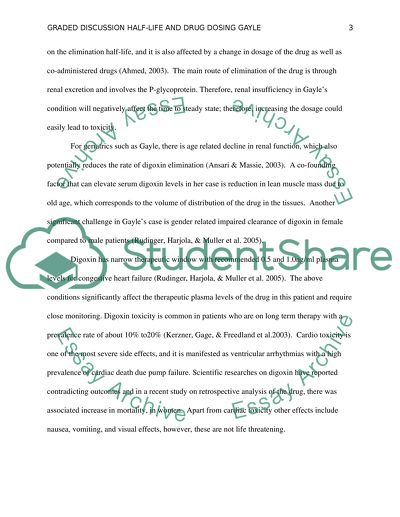Cite this document
(“GRADED DISCUSSION - Half-life and drug dosing Gayle Case Study”, n.d.)
Retrieved from https://studentshare.org/health-sciences-medicine/1489163-graded-discussion-half-life-and-drug-dosing-gayle
Retrieved from https://studentshare.org/health-sciences-medicine/1489163-graded-discussion-half-life-and-drug-dosing-gayle
(GRADED DISCUSSION - Half-Life and Drug Dosing Gayle Case Study)
https://studentshare.org/health-sciences-medicine/1489163-graded-discussion-half-life-and-drug-dosing-gayle.
https://studentshare.org/health-sciences-medicine/1489163-graded-discussion-half-life-and-drug-dosing-gayle.
“GRADED DISCUSSION - Half-Life and Drug Dosing Gayle Case Study”, n.d. https://studentshare.org/health-sciences-medicine/1489163-graded-discussion-half-life-and-drug-dosing-gayle.


